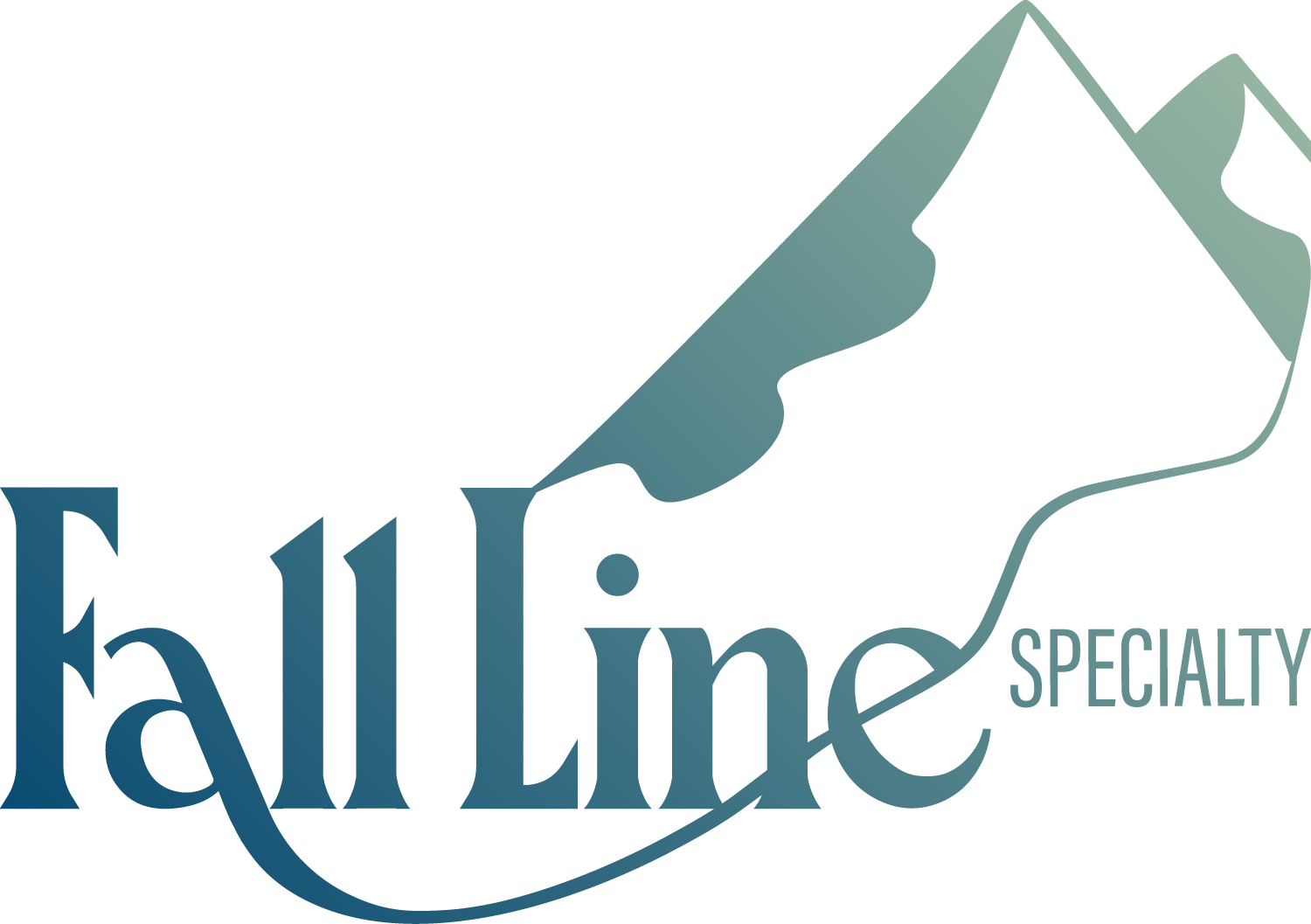Specialty MGA Scales Underwriting Operations While Maintaining Profitability
❗️The Challenge: Growing Pains in Specialty Markets
The call came from the managing partner of a successful specialty MGA with binding authority in commercial transportation risks. "We've built something really good here," he told us, "but we're hitting a wall. Our underwriters are drowning in submissions, and we're either rushing decisions or losing good business to faster competitors."
The numbers painted a picture we've seen repeatedly in the MGA space: submission volume had tripled over two years, but their underwriting team had only grown by 50%. Underwriting consistency was suffering across different team members, and agents were frustrated with turnaround times. Simple coverage questions required digging through multiple systems to find answers, and their best underwriters were spending more time on administrative tasks than actual risk evaluation.
🆘 The Reality Check: Underwriting Authority Under Pressure
During our operational assessment, we uncovered challenges that every growing MGA eventually faces:
⭕️ Underwriting Bottlenecks
Simple, straightforward risks were consuming as much underwriter time as complex submissions, creating inefficiencies and delays across their entire book
⭕️ Agent Relations
Delayed binding decisions were straining relationships with key producing agents who had other MGA options
⭕️ Profitability Pressure
Rushed underwriting decisions were impacting loss ratios, while slow decisions were losing profitable business
⭕️ Growth Constraint
They had carrier capacity for more business but couldn't properly underwrite it without compromising the quality that earned them binding authority.
Their underwriting platform—upgraded just 18 months prior—was supposed to streamline operations. Instead, it created new workflow complexities without addressing the core efficiency issues.
✴️ Our Approach: Insurance Experience Meeting Real-World Problems
We didn't start with technology. We started with operational analysis based on our experience managing similar specialty underwriting operations. The real problems weren't system-related—they were process and risk assessment workflow issues.
Weeks 1️⃣–2️⃣: Underwriting Workflow Analysis
Working directly with their underwriting team, we mapped how submissions actually moved through their risk assessment process versus how management thought they moved. We identified numerous decision points where valuable underwriter time was spent on routine determinations that could be systematized.
Weeks 3️⃣–6️⃣: Intelligent Risk Routing
Rather than replacing their existing systems, we implemented smart triage that matched submission complexity with underwriter expertise levels. We created unified risk profiles that eliminated the need to piece together information from multiple carrier systems and external data sources. Standard risks now moved through accelerated approval workflows, freeing senior underwriters for complex risk evaluation requiring their expertise.
Weeks 7️⃣–1️⃣2️⃣: Underwriting Excellence
We implemented systematic quality control processes that maintained their strict underwriting standards while improving decision speed. This approach strengthened relationships with producing agents through more predictable and responsive binding decisions.
❇️ The Bottom Line Impact
Overall Impact:
☑️ Premium Growth
Substantial increase in bound premium with existing underwriting team
☑️ Loss Ratio Improvement
Better risk selection while increasing volume
☑️ Agent Retention
Enhanced producer satisfaction and submission flow
☑️ Market Position
Strengthened reputation for responsive, quality underwriting
What the Managing Partner Told Us:
“You understood our business because you’ve managed specialty underwriting operations. Other consultants talked about ‘process optimization’—you talked about maintaining underwriting discipline while growing profitably. That’s what matters when you have binding authority. ”
❇️ The Lesson: Underwriting Experience Drives Operational Success
This wasn't a technology overhaul—it was an underwriting operation refinement guided by deep understanding of MGA responsibilities. We knew which processes to prioritize because we've managed similar specialty books. We understood the balance between speed and quality because we've lived that tension with binding authority.
Every successful MGA faces these scaling challenges. The question isn't whether growth will create underwriting pressure, but whether you'll work with consultants who understand the unique responsibilities of managing general agents.
Ready to Scale Your Underwriting Operations?
Let's discuss how our insurance industry experience can help your MGA extract similar value while maintaining the underwriting excellence that earned your binding authority.

